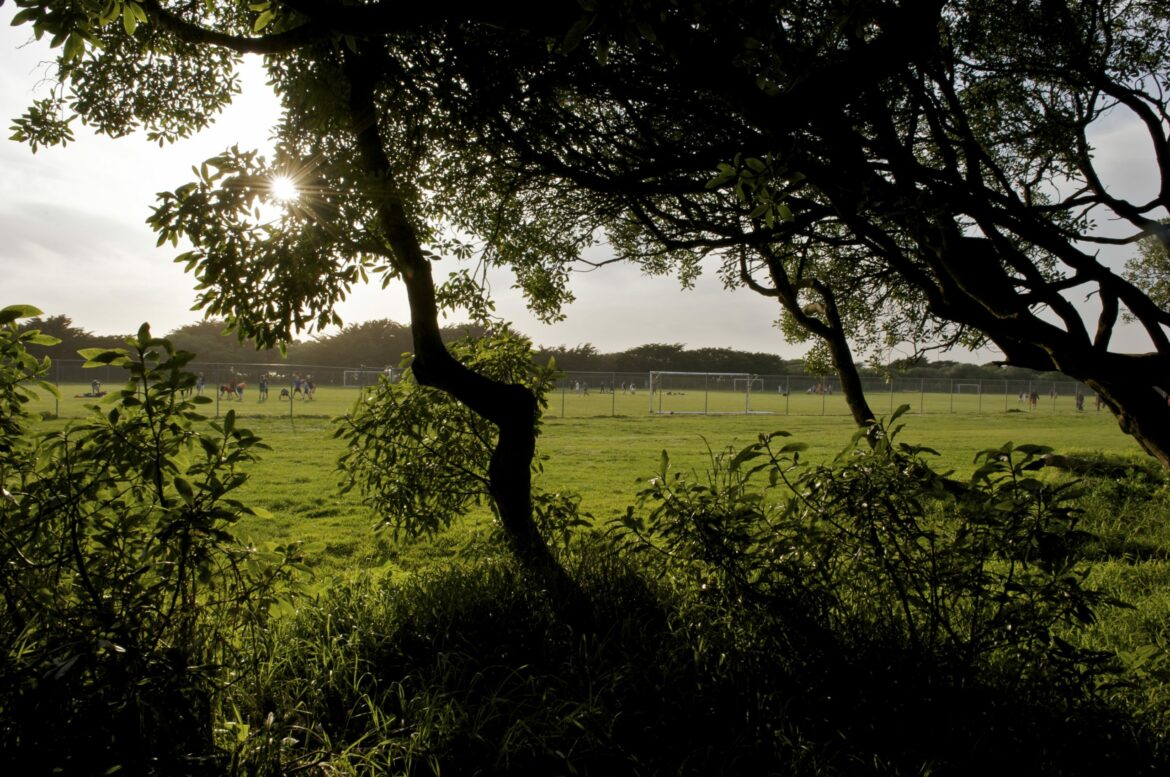According to a ranking from the nonprofit Trust for Public Land, all San Francisco residents live within a 10-minute walk of a park, but residents of neighborhoods where most people identify as people of color have access to 56% less park space per capita than residents in neighborhoods that are predominantly white. The Trust for Public Land ranks America’s 100 most populous cities every year on how much they invest in parks and how accessible they are. This year, the trust also assessed how equitable park access is along racial and income lines.
The rankings and accompanying report underscore that parks offer opportunities for residents to exercise, cool off and improve their mental health. During the pandemic, parks also served as public infrastructure for food or protective equipment distribution and vaccine and testing sites in many cities. Alejandra Chiesa, Bay Area program director for the Trust for Public Land, and Maya Rodgers, senior project manager at the S.F. Parks Alliance, talked with “Civic” about the health benefits of parks and the significance of inequities in park access.
“There is still a lot of work to do nationally and in San Francisco to increase the park space for low-income communities and communities of color. I can give you an example of why that matters: If you go to the Tenderloin, there’s, I don’t know, 50,000 people in the Tenderloin. And they have a few really nice but very small parks, and most are playgrounds. You can’t fit all the activities you want to do in a small space. So you end up having to either do a playground or a basketball court, you can’t do both. So I think there’s definitely, size matters. You can’t compare Golden Gate Park with a small little playground.”
— Alejandra Chiesa
“That’s part of the reason why it’s important that the parks are responsive to the communities that they’re in, right? You’re not going to put a playground in the middle of somewhere where it’s all adults or it’s all seniors. But that’s why it’s important to do parks designs in conjunction with the community, to know what they want.”
— Maya Rodgers
A segment from our radio show and podcast, “Civic.” Listen at 8 a.m. and 6 p.m. Tuesdays and Thursdays at 102.5 FM in San Francisco, or online at ksfp.fm, and subscribe on Apple, Google, Spotify or Stitcher.










